The Supreme Court ruling has tilted the table upon which the question of Scottish independence is debated.
We have, like it or not, entered a new phase.
What the arguments were, what they were about, yesterday morning have had to change.
So if everything is different, perhaps a different approach is required.
Let’s call this, for the sake of my vanity, The Finan Proposal.
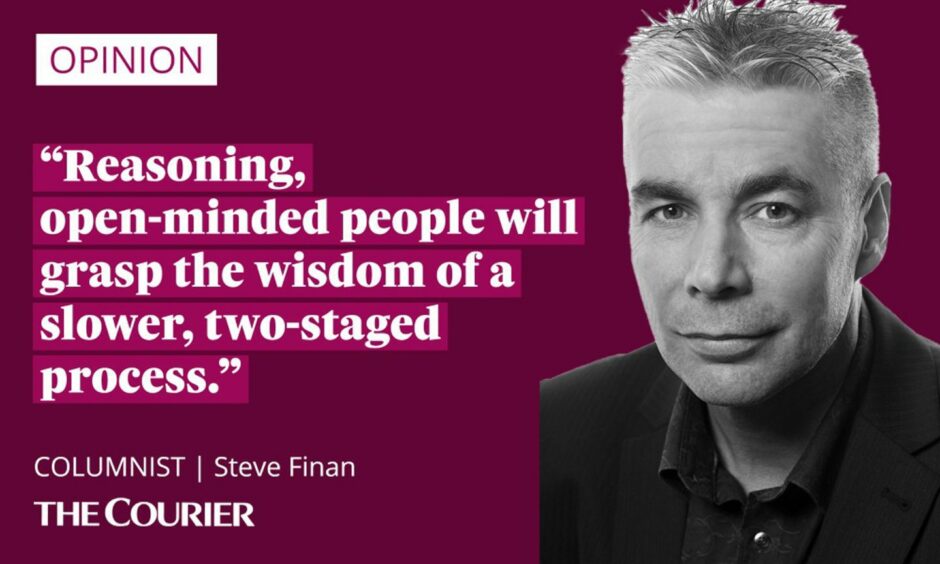
One thing we can say is that debate on an Indyref2 won’t stop.
But what about approaching the question in a different way?
I suggest two referendums could be aimed for: intention and affirmation.
The first is indicative of intent. The second confirms this is indeed what people want.
Referendum divide could be a testing time for Scottish independence
There would be a lengthy gap between referendums. I’d suggest 20 years.
If the first (intention) referendum gave a Yes to independence, the intervening period would see the setting up of a Scottish central bank and currency to run alongside the Bank of England and pound.
This proves whether these things would work, or not, and allows time for teething troubles, fluctuations of a new currency, and accumulation of reserves.
All questions surrounding EU membership would be tested (with EU cooperation) with the aim of immediate membership on the day of an affirmation Yes.
A hard border with England could be tried, all types of border could be tried. The proven best option will be selected.
Armed forces, energy distribution, civil service, foreign policy, Nato membership, trading agreements, import-export duties and procedures, pensions, a hundred other things will be established and checked for effectiveness and efficiency.
The voting public then decides if this really is what they want in the second (affirmation) vote.
If the first referendum results in a No then – as per the Yes option – we take 20 years to think about it; 20 years to ascertain whether staying in the UK is working and truly what people want.
Either way, Scotland proves to itself what is best.
The Finan Proposal is a vote for patience and logic
We have to, some day, bring an end to this divisive period in our history. It isn’t healthy.
Once the second vote is held, the question is settled for all time.
And no one could ever complain again that a fully democratic process hadn’t been carried out.
A very sad day for Scottish Democracy.
This is not a voluntary union, nor is it a union of equals. The UK Supreme Court ruling has made that clear. No one should have a say in the future of Scotland other than the people who live in Scotland.
— Nikita Bassi (@NikitaBassiSNP) November 23, 2022
Are there problems with this idea?
Of course. There are problems with every idea.
But the Finan Proposal is a grown-up, logic-driven, patient way to find a way forward in the post-court ruling Scotland.
This is the way to win over doubters of either side, and find a lasting consensus in an ever more vehement argument that is becoming ever more entrenched.
Zealots on either side won’t like the Finan Proposal, but then zealotry is a non-thinking approach to any matter.
Reasoning, open-minded people will grasp the wisdom of a slower, two-staged process.
And Westminster will be more likely to agree to a more considered proposal.
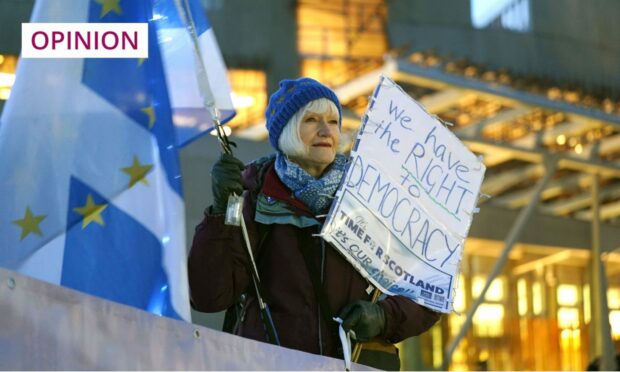
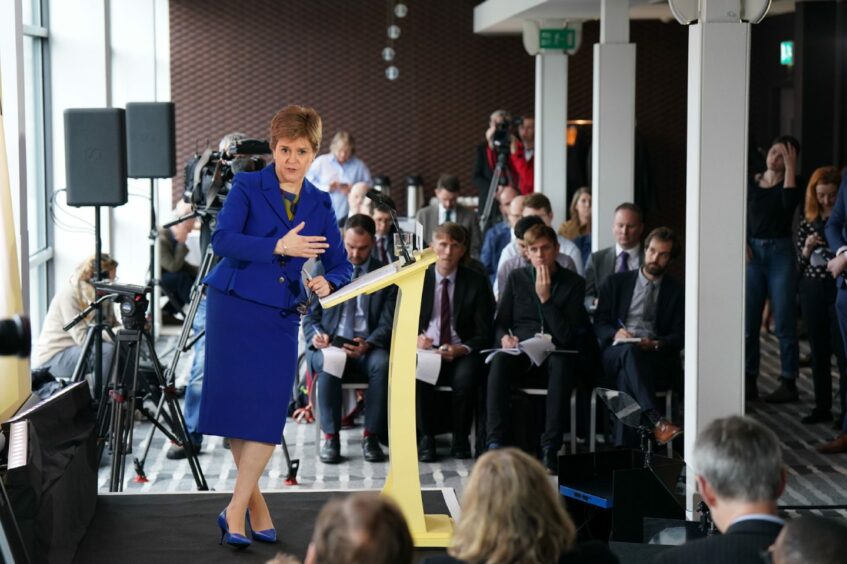
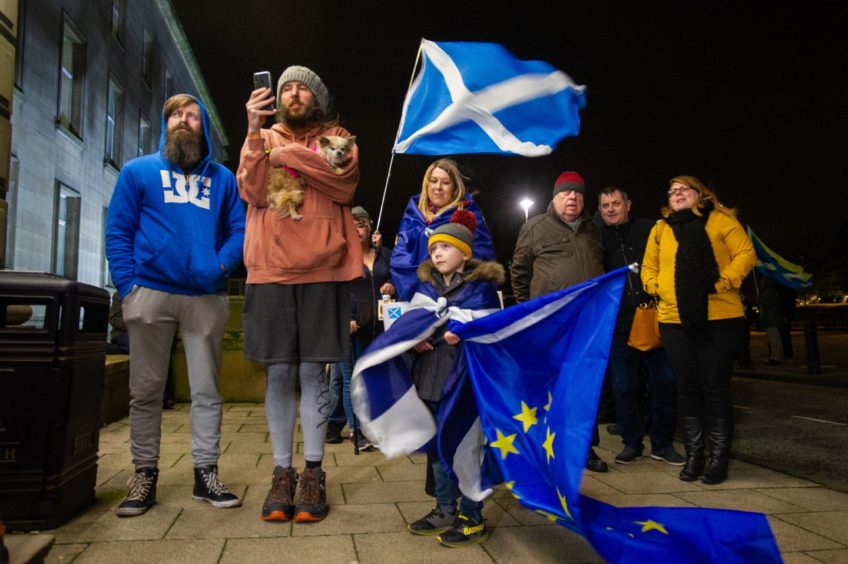
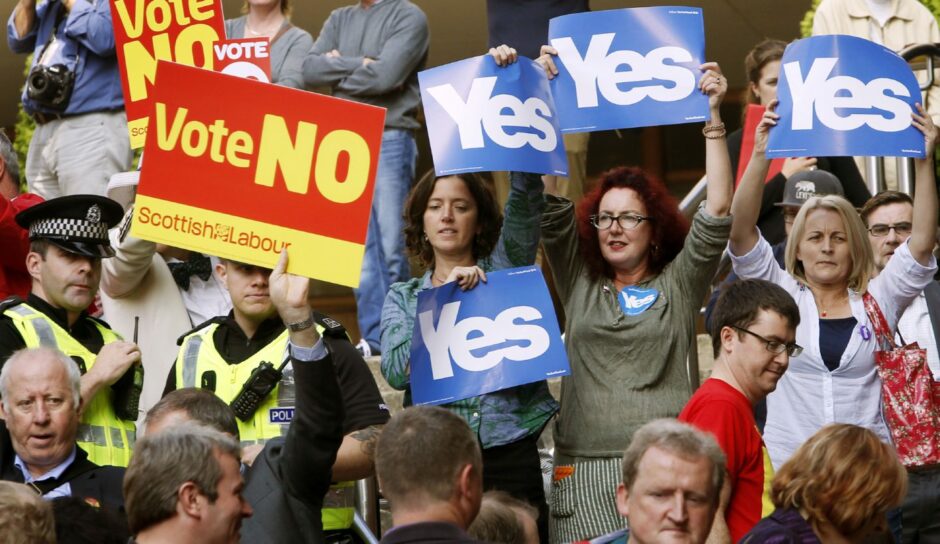
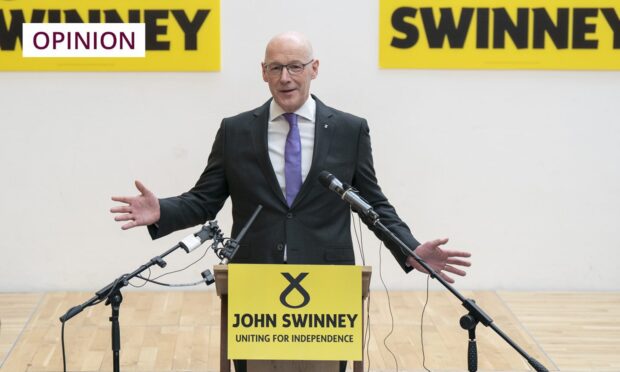
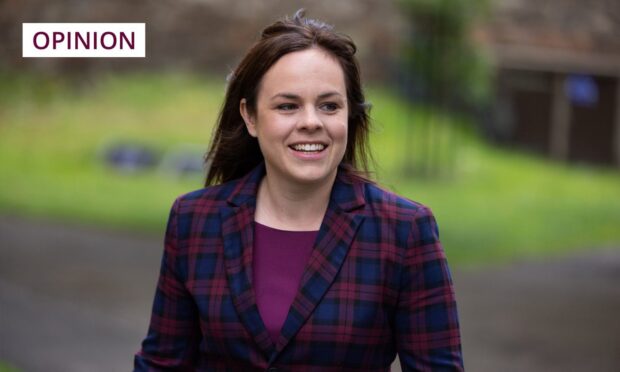
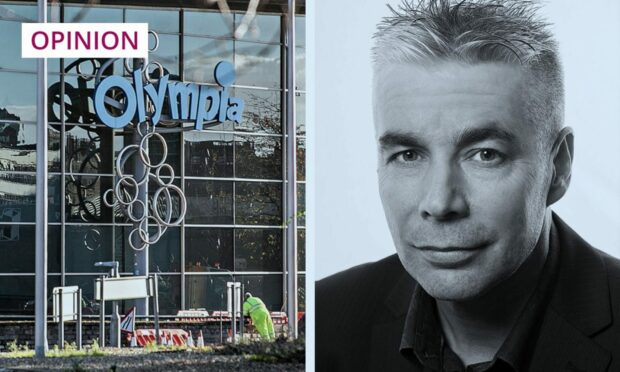
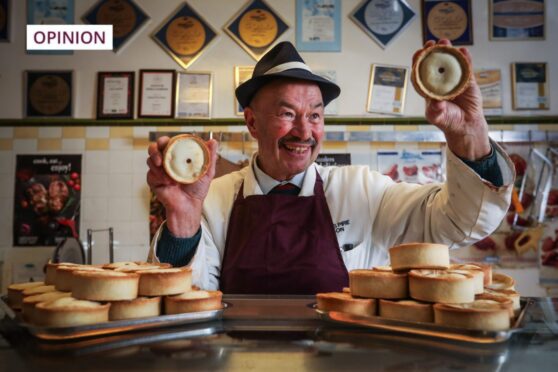

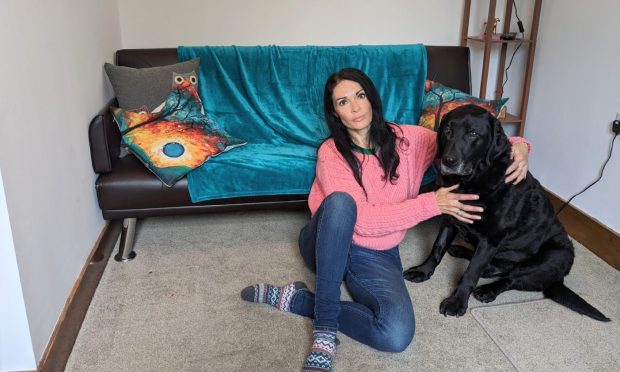
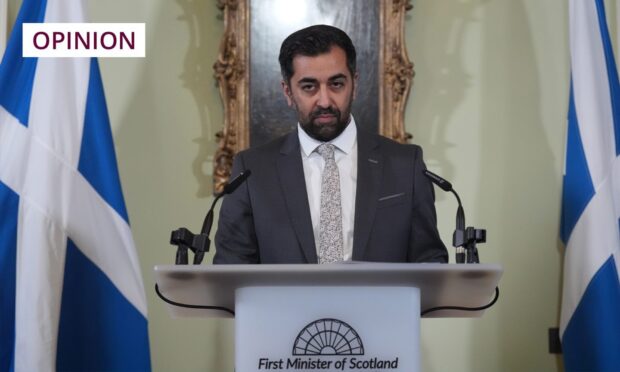
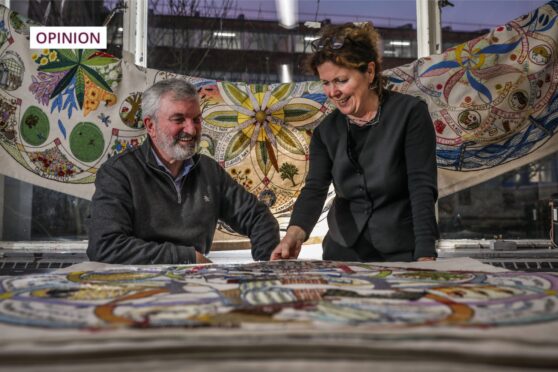

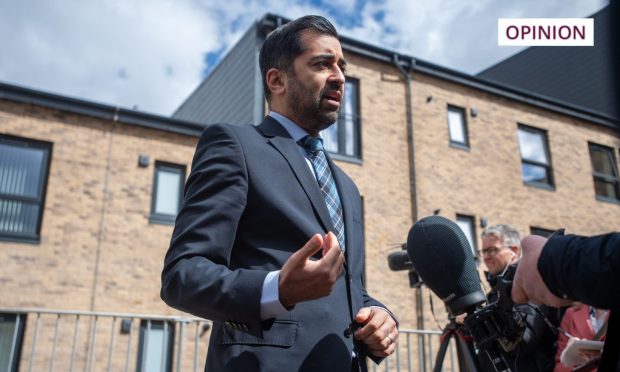
Conversation